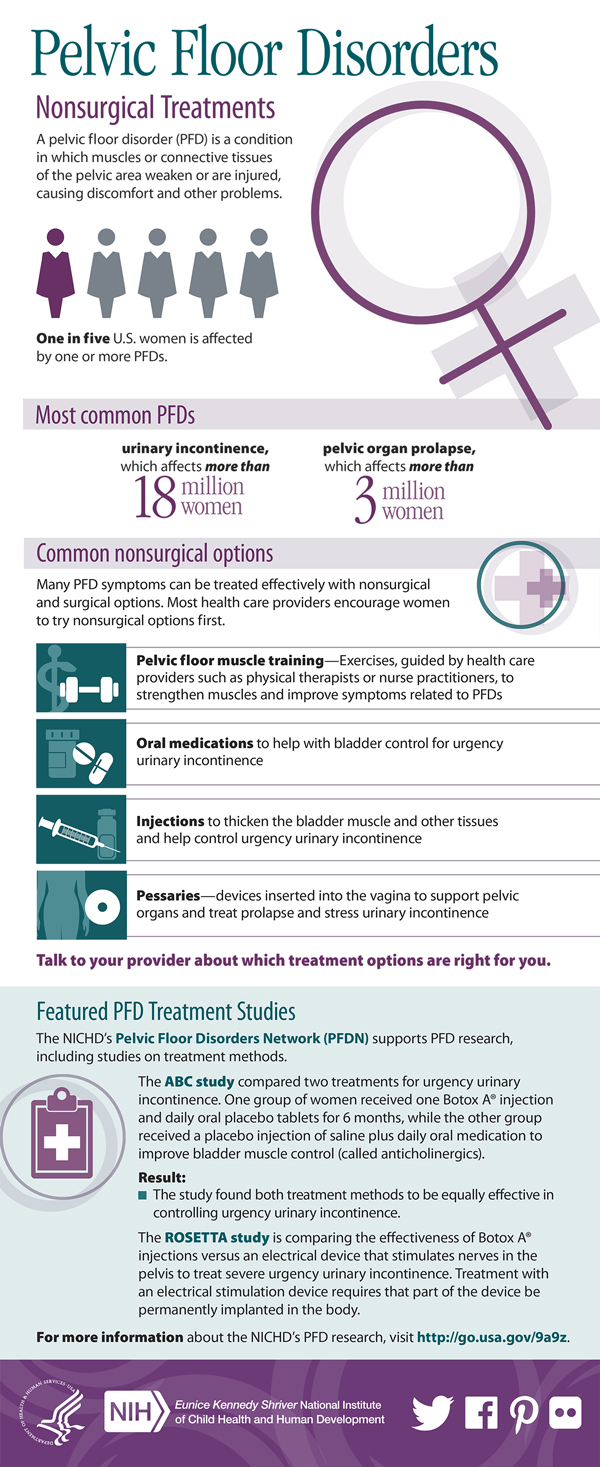How To Allocate Your Floor Covering Task: A Practical Overview
How To Allocate Your Floor Covering Task: A Practical Overview
Blog Article
Developed By- man cave floor
When you're planning a floor covering task, budgeting isn't nearly selecting a number; it has to do with recognizing what you absolutely require and the prices involved. You'll want to evaluate your details needs, research study numerous products, and anticipate unforeseen costs. Think of how aspects like space function and installment methods can influence your budget plan. Yet before you jump in, there are some critical information you could forget that can significantly affect your general costs. Let's discover how to browse these intricacies and ensure your task stays on track.
Assessing Your Flooring Needs
Before diving into your flooring project, it's crucial to examine your flooring needs. Beginning by taking into consideration the specific locations where you plan to mount new floor covering. Think about the objective of each room. As an example, bathroom and kitchens need waterproof products, while living areas may take advantage of convenience and aesthetics.
Next, assess the existing conditions of your floors. Exist any structural issues, such as unequal surfaces or dampness issues? Attending to these issues beforehand can conserve you time and money down the line.
Also, remember of the measurements of each room to figure out how much flooring you'll require.
Don't forget to consider your lifestyle. If you have animals or young kids, resilience could be your leading concern, while a more official area may require a glamorous surface. In addition, consider your style preferences. Do you prefer a traditional appearance, or are you attracted to modern-day designs?
Finally, be reasonable concerning just how much maintenance you want to dedicate to. Some products need even more upkeep than others. By recognizing your requirements clearly, you'll be much better outfitted to make informed selections as you progress with your floor covering job.
Estimating Prices and Materials
Estimating expenses and materials is a crucial step in your floor covering task that can dramatically affect your general budget plan. Start by gauging your area accurately to figure out just how much floor covering you'll need. For the majority of materials, you'll find prices by square foot, so collect quotes from numerous suppliers to get a practical figure.
Next, think about the sort of floor covering you desire. https://trevorkvhrb.blogsmine.com/32636786/floor-covering-specialist-vs-diy-which-choice-is-right-for-your-project like hardwood, laminate, ceramic tile, or carpeting all come with various rate factors. Research study the costs for each and consider any type of additional materials like underlayment, glue, or transition strips.
Don't forget to consist of tools if you're intending a DIY installment, as renting out or buying tools can contribute to your expenses.
Labor costs are an additional essential consideration. If you're working with specialists, obtain quotes from numerous service providers to ensure you're obtaining a fair rate. Be clear concerning the scope of job to prevent unanticipated charges later on.
Finally, it's important to set aside a little percentage of your budget for any unforeseen prices associated with products. By extensively approximating your prices and products ahead of time, you'll establish yourself up for a smoother and a lot more workable flooring job.
Planning for Hidden Costs
Many house owners forget the hidden expenditures that can emerge throughout a floor covering project, which can lead to spending plan overruns. To prevent Learn Even more , you need to prepare for prospective additional prices.
First, take into consideration the problem of your existing subfloor. If it's harmed or irregular, you'll likely need fixings or progressing, which can add dramatically to your total cost.
Next off, consider elimination and disposal charges for your old flooring. Lots of professionals charge added for this service, so variable that right into your spending plan.
Additionally, don't forget the costs of underlayment, which might not be included in the preliminary quote however are essential for a successful installation.
You need to likewise prepare for unforeseen difficulties, such as plumbing or electrical job if your floor covering job includes relocating fixtures. It's a good idea to allot at the very least 10-15% of your overall budget for these unexpected costs.
Finally, remember that licenses may be required for certain installments. Constantly check neighborhood regulations to prevent fines or hold-ups.
Final thought
In conclusion, budgeting for your flooring project is necessary for an effective outcome. By examining your requirements, estimating costs, and preparation for hidden costs, you'll stay clear of shocks and stay on track. Keep in mind to reserve a section of your allocate unexpected expenses and maintain a comprehensive break down of your expenditures. With mindful preparation and factor to consider, you'll develop a beautiful room that fulfills your requirements without breaking the bank. Happy flooring!
